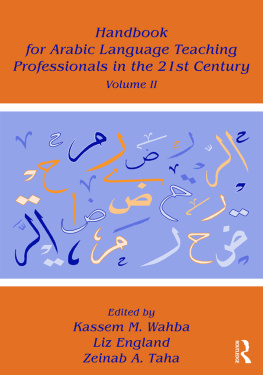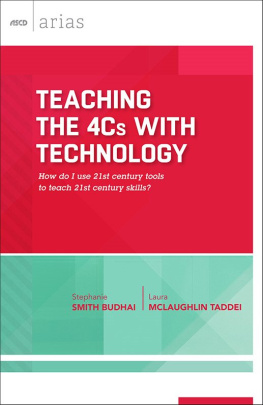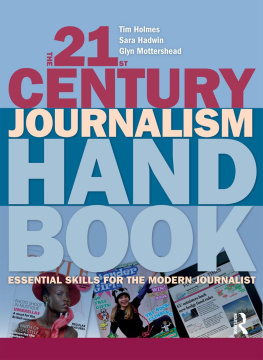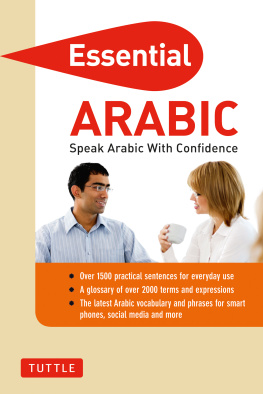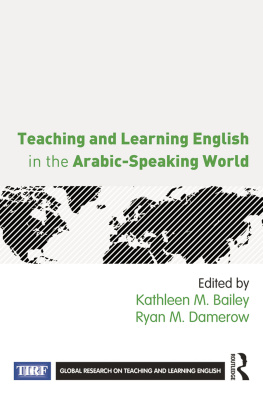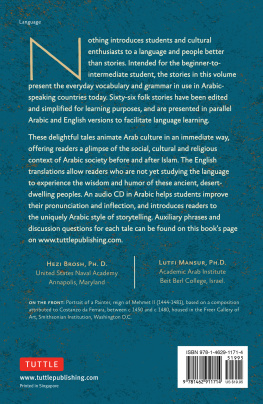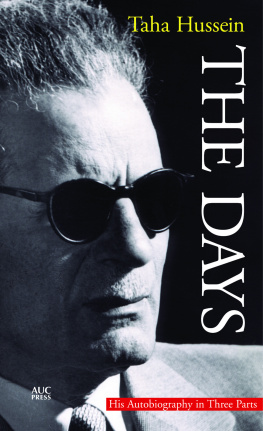Handbook for Arabic Language Teaching Professionals in the 21st Century
Drawing on the collective expertise of language scholars and educators in a variety of subdisciplines, the Handbook for Arabic Language Teaching Professionals in the 21st Century, Volume II, provides a comprehensive treatment of teaching and research in Arabic as a second and foreign language worldwide. Keeping a balance among theory, research and practice, the content is organized around
12 themes:
- Trends and Recent Issues in Teaching and Learning Arabic
- Social, Political and Educational Contexts of Arabic Language Teaching and Learning
- Identifying Core Issues in Practice
- Language Variation, Communicative Competence and Using Frames in Arabic Language Teaching and Learning
- Arabic Programs: Goals, Design and Curriculum
- Teaching and Learning Approaches: Content-Based Instruction and Curriculum
- Arabic Teaching and Learning: Classroom Language Materials and Language Corpora
- Assessment, Testing and Evaluation
- Methodology of Teaching Arabic: Skills and Components
- Teacher Education and Professional Development
- Technology-Mediated Teaching and Learning
- Future Directions
The field faces new challenges since the publication of Volume I, including increasing and diverse demands, motives and needs for learning Arabic across various contexts of use; a need for accountability and academic research given the growing recognition of the complexity and diverse contexts of teaching Arabic; and an increasing shortage of and need for quality of instruction. Volume II addresses these challenges. It is designed to generate a dialoguecontinued from Volume Iamong professionals in the field leading to improved practice, and to facilitate interactions, not only among individuals but also among educational institutions within a single country and across different countries.
Kassem M. Wahba is Professor in the Department of Near Eastern Studies, Cornell University, USA.
Liz England is Principal at Liz England and Associates, LLC, USA.
Zeinab A. Taha is Associate Professor in the Department of Applied Linguistics, The American University in Cairo, Egypt.
Handbook for Arabic Language Teaching Professionals in the 21st Century
Volume II
Edited by Kassem M. Wahba, Liz England
and Zeinab A. Taha

First published 2018
by Routledge
711 Third Avenue, New York, NY 10017
and by Routledge
2 Park Square, Milton Park, Abingdon, Oxon, OX14 4RN
Routledge is an imprint of the Taylor & Francis Group, an informa business
2018 Taylor & Francis
The right of Kassem M. Wahba, Liz England and Zeinab A. Taha to be identified as editors of this work has been asserted by them in accordance with sections 77 and 78 of the Copyright, Designs and Patents Act 1988.
All rights reserved. No part of this book may be reprinted or reproduced or utilised in any form or by any electronic, mechanical, or other means, now known or hereafter invented, including photocopying and recording, or in any information storage or retrieval system, without permission in writing from the publishers.
Trademark notice: Product or corporate names may be trademarks or registered trademarks, and are used only for identification and explanation without intent to infringe.
Library of Congress Cataloguing-in-Publication Data
A catalog record for this book has been requested
ISBN: 978-1-138-93476-4 (hbk)
ISBN: 978-1-138-93477-1 (pbk)
ISBN: 978-1-315-67611-1 (ebk)
Typeset in Bembo
by Apex CoVantage, LLC
We dedicate this book to our students, who struggle with lifes most valuable gift and the most difficult challenge in the 21st centurylearning another language; and to their teachers, who guide them in their journey.
Contents
by Roger Allen
Theme 1
Trends and Recent Issues in Teaching and Learning Arabic
Kassem M. Wahba, Liz England and Zeinab A. Taha
Theme 2
Social, Political and Educational Contexts of Arabic Language Teaching and Learning
Karin C. Ryding
Akiko M. Sumi and Katsunori Sumi
Theme 3
Identifying Core Issues in Practice
Susan M. Gass and Ayman Mohamed
Nicole Mills and R. Kirk Belnap
Theme 4
Language Variation, Communicative Competence and Using Frames in Arabic Language Teaching and Learning
Zeinab A. Taha
Manuela E. B. Giolfo and Federico Salvaggio
Jerry Lampe
Rasha Soliman
Theme 5
Arabic Programs: Goals, Design and Curriculum
David Wilmsen
Emma Trentman
Steven Berbeco
Mona Kamel Hassan
Theme 6
Teaching and Learning Approaches: Content-Based Instruction and Curriculum
Mohssen Esseesy
Zeinab Ibrahim, Pantelis Papadopoulos and Andreas Karatsolis
Theme 7
Arabic Teaching and Learning: Classroom Language Materials and Language Corpora
Lynn Whitcomb and Sameh Alansary
Kassem M. Wahba
Theme 8
Assessment, Testing and Evaluation
John M. Norris and Michael Raish
Mahdi Alosh
Clarissa Burt
Theme 9
Methodology of Teaching Arabic: Skills and Components
Shahira Yacout
Dalal Abo El Seoud
Khaled Rifaat
Hristina Chobanova
Theme 10
Teacher Education and Professional Development
Mouna Mana and Liz England
Theme 11
Technology-Mediated Teaching and Learning
Francesco L. Sinatora
Raghda El Essawi
Theme 12
Future Directions
Karin C. Ryding
Mohammad T. Alhawary
Guide
The publication of this volume of the Handbook provides the clearest possible evidence of the continuing, indeed increasing, significance of its primary topic: by which I imply not only the status of Arabic as a language of major importance in international politics, business and culture, but also the pleasing reality that the professionalization of Arabic language teaching is now not merely firmly established in academic institutions in the United States and beyond, but also thriving as an environment for research on multiple aspects of both language teaching and learning. This volume of new studies makes it abundantly clear that teachers and supervisors of Arabic language instruction are now recognized as full and active participants in the various subfields of research on language pedagogy and at both the theoretical and applied levels.
The volume is divided into subsections, each of which is prefaced and contextualized by introductory comments penned by the volumes editors. Because this text is aimed in the first instance at those who will be teaching Arabicit is, after all, entitled a handbook for Arabic language teaching professionalsthere is a good deal of focus in many of its chapters on the actual teaching process and its ancillaries: the syllabus, the classroom, the pedagogical strategies of the instructor, the acquisition processes of the learners, and assessment methods and goals. That general context now also involves the course instructor, almost inevitably, in the need to orchestrateto the extent deemed desirablethe intervals between classroom contact hours (if indeed there is a classroom) and to exploit, to the maximum extent feasible, the many and varied uses of technology in order to enhance the learning process through both individual and group activities that can occur beyond the necessarily limiting physical and psychological bounds of the traditional classroom.

